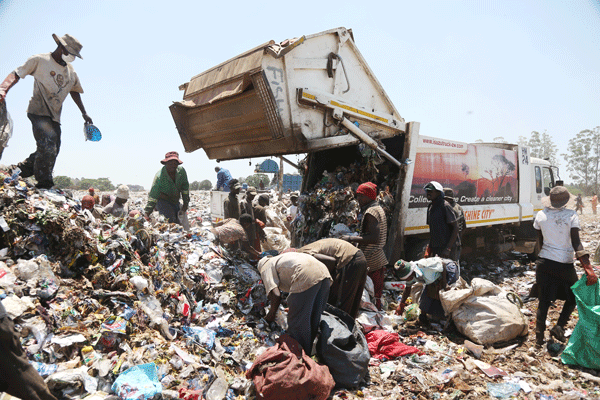Implats evaluating solar power plant in Zim
SOUTH Africa’s Impala Platinum (Implats) says it is still evaluating the possibility of establishing a 200MW solar power plant at Zimplats, its Zimbabwean subsidiary in Mhondoro-Ngezi.
Zimplats is Zimbabwe’s biggest platinum group (PGMs) producer.
In a video posted on an online publication, miningweekly.com last week, Implats chief executive officer Mr Nico Muller said his organisation would also distribute 30MW to their other local unit, Mimosa Mining Company, which also produces platinum.
“In Zimbabwe, we are in the midst of a feasibility study to evaluate the construction of a 200MW solar power plant and that will provide not only the 80MW power requirements at Zimplats but also the 30MW that we use at Mimosa.
“And there is sufficient amount of electricity to feed into the national grid as a broader in-country strategy,” he said.
Last year, Zimplats announced the intent to establish a solar plant in Mhondoro-Ngezi to guarantee uninterrupted and affordable power supplies to its operations.
Meanwhile, in a report accompanying financial results for the half-year ended December 31, 2019, Zimplats said the development of capital projects in Mhondoro-Ngezi were progressing well.
“The redevelopment of Bimha Mine is progressing well. Installation of the south underground crusher and the ore-conveyancing system were completed during the half year,” it said.
Focus was now on completing the two underground workshops.
As at December 31, 2019, a total of US$90 million had been spent against a project budget of US$101 million.
“The development of Mupani Mine (the replacement for Ngwarati and Rukodzi mines) is ahead of schedule and the mine is scheduled to receive the first fleet from Rukodzi Mine in the second half of the financial year.
“Focus is currently on establishing the surface crushing infrastructure to treat current ore production for feed to the concentrators,” said Zimplats.
Mupani Mine targets full production in August 2025 and during the period under review, a total of US$79,4 million had been spent against an approved project budget of US$264 million.
For the period, administrative expenses were US$3,7 million, 12 percent higher than the restated amount of US$3,3 million incurred during the same period in 2018 mainly due to higher corporate social responsibility costs. Foreign exchange losses for the half year were higher than the prior year largely as a result of the significant depreciation of the Zimbabwean dollar against the United States dollar.
“Other income for the half year decreased significantly from US$39,2 million reported in the same period last year to US$0,3 million in the current period as the previous period benefited from export incentive of US$29,4 million from the Reserve Bank of Zimbabwe and a US$9,6 million refund due from the Zimbabwe Revenue Authority following a court ruling in favour of the operating subsidiary,” said Zimplats.
Finance costs at US$1,3 million were below the prior period due to higher capitalised borrowing costs for the current period and a repayment of part of the Standard Bank of South Africa revolving credit facility (SBSA RCF) in the prior financial year.
The final installment on the SBSA RCF was made in December 2019.
“Resultantly, profit before income tax for the period at US$126,5 million was 28 percent higher than US$98,5 million recorded in the same period last year.
“Income tax for the half year at US$45,3 million (2018: US$18,1 million) resulted in profit after tax for the period of US$81,2 million compared to US$80,4 million achieved in the same period last year.
“At the end of the half year, the group had no bank borrowings (30 June 2019: US$42,5 million and 31 December 2018: US$62,5 million) after repaying the US$42,5 million on the SBSA RCF in December 2019,” it said. —chroncie.coz.w







